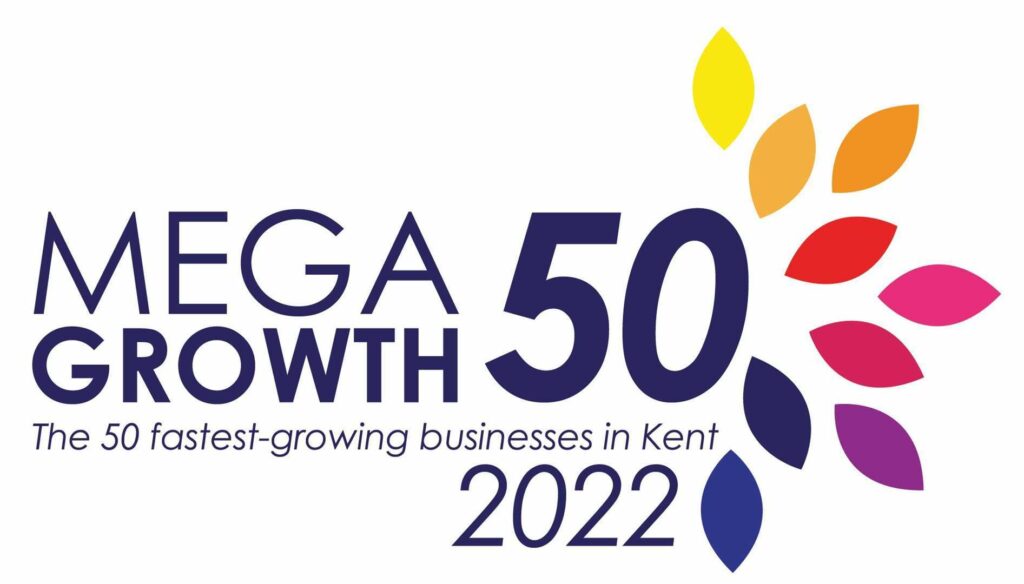As you might expect, the primary aim of any fire engineering consultancy is to maximise fire safety for a building and its occupants. There is, however, another benefit to this tailored approach, namely Rationalising Design.
Approved Document B (ADB)
Before looking at the savings that can be made, it’s important to cover the ‘standard’ method of fire strategy creation and code-compliant approaches. Essentially, taking a code-compliant approach involves working as closely as possible to the suggestions made in The Building Regulations Approved Document B (ADB).
The guidance this provides can be useful, providing a simple set of rules to work to. However, they can also be restrictive and seen as more of a blanket approach to fire safety. Working to the letter of the Building Regulations limits ‘compartment’ or room sizes, requiring the inclusion of dividing walls within a design, as well as the inclusion of multiple staircases, particularly in the case of buildings which are more than 11m in height.
ADB also takes a one-size-fits-all approach to fire safety systems, recommending Natural Smoke Ventilation Systems, which require large ventilation shafts to remove smoke effectively in the event of a fire, and costly Pressurisation Systems where this needs to be supplemented.
ADB’s suggestions for sprinkler systems also call for including costly and sometimes unnecessary components, such as additional tanks, pumps, valves and pipework.
On the other hand, an engineered approach provides opportunities for Rationalising Design or reducing the costs and increasing the profitability of a building through the intelligent creation of a unique fire safety strategy.
Rather than simply applying the same rules or logic to each project, an engineered approach looks at buildings on a case-by-case basis, identifying the most appropriate solution in each instance.
This prevents ‘over specification’, where unnecessary compromises are made to ensure compliance.
For instance, using Mechanical Smoke Ventilation Systems (MSVS) instead of their natural counterparts allows the use of smaller smoke shafts due to their greater efficiency, providing additional saleable space. This improved efficiency can also justify the inclusion of larger compartments, extended travel distances, and even the removal of staircases, further increasing the amount of saleable space available.
In addition, sprinkler systems can be simplified, with certain circumstances allowing the system to be fed by cold water-boosted mains, saving both space and costs by removing a number of unnecessary ancillary components.
Rationalising Design in Practice
As an example of the benefits of Rationalising Design, FDS Consult UK’s involvement in the Dalston Lane South project, headed by Barratt East London, provided total savings of £3.5 million for the developer.
This was achieved through the intelligent specification of MSVS, enabling a reduction in the number of stair cores included in the design, as well as a reduction in the number of smoke shafts required in each core, also saving space within the building.
Including mechanical smoke ventilation systems in the design also allowed the removal of unnecessary sprinkler systems from the development’s basement car park and retail units. This innovative approach to fire strategy design not only provided substantial cost savings, but allowed the scheme to gain Building Regulations approval, demonstrating the effectiveness of Rationalising Design.
As the alterations that can be made to a project’s designs are so significant, the greatest savings come from involving Fire Engineers at the earliest possible stage. To find out more, visit FDS Consult UK Rationalising Design.
